The journey from fearsome dinosaur to melodious songbird represents one of evolution’s most fascinating transformations. For decades, paleontologists and ornithologists have worked to piece together this remarkable evolutionary puzzle, searching for transitional fossils that bridge the gap between the ancient reptilian rulers of Earth and the delicate winged creatures that fill our skies with song. Recent discoveries have illuminated crucial stepping stones in this evolutionary pathway, revealing creatures that shared characteristics of both dinosaurs and modern birds. These “missing links” help us understand how scales became feathers, how arms became wings, and ultimately how the dinosaurs that survived the great extinction evolved into the diverse bird species we know today.
The Dinosaur-Bird Connection: A Brief History
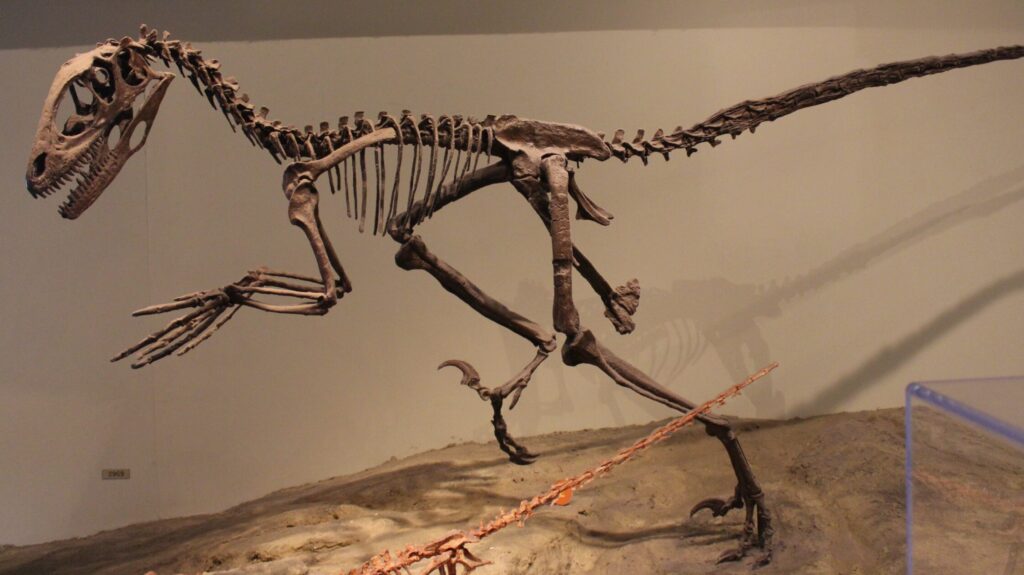
The idea that birds evolved from dinosaurs was first proposed by Thomas Henry Huxley in the 1860s, shortly after the discovery of Archaeopteryx, a creature with both bird and reptilian features. Despite this early insight, the dinosaur-bird connection remained controversial for over a century. It wasn’t until the 1960s and 1970s that paleontologist John Ostrom revived the theory with his study of Deinonychus, a raptor dinosaur with bird-like features. The subsequent decades saw mounting evidence supporting this evolutionary relationship, with discoveries of feathered dinosaurs in China’s Liaoning Province proving particularly revolutionary. Today, the scientific consensus firmly places birds as the direct descendants of theropod dinosaurs, specifically a group called maniraptoran dinosaurs, making modern birds technically living dinosaurs.
Archaeopteryx: The First Famous Transitional Fossil
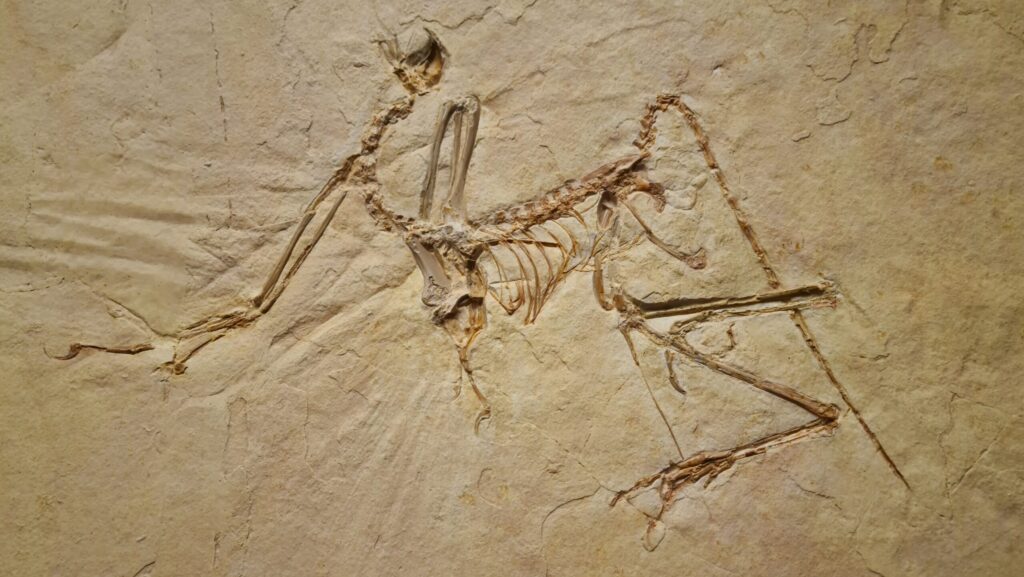
Discovered in 1861 in the limestone deposits of Bavaria, Germany, Archaeopteryx lithographica represents one of the most important fossils in evolutionary history. Dating back approximately 150 million years to the Late Jurassic period, this crow-sized creature possessed an intriguing mix of dinosaur and bird characteristics. Like dinosaurs, it had a long bony tail, teeth, and three claws on each wing, features absent in modern birds. However, it also exhibited unmistakably avian traits, including fully developed flight feathers and a furcula (wishbone). Despite these bird-like features, Archaeopteryx likely wasn’t a direct ancestor of modern birds but rather represented an early branch in the evolution of avian dinosaurs. Nevertheless, its discovery provided crucial evidence for Darwin’s then-new theory of evolution and continues to serve as a textbook example of a transitional fossil.
The Chinese Fossil Revolution
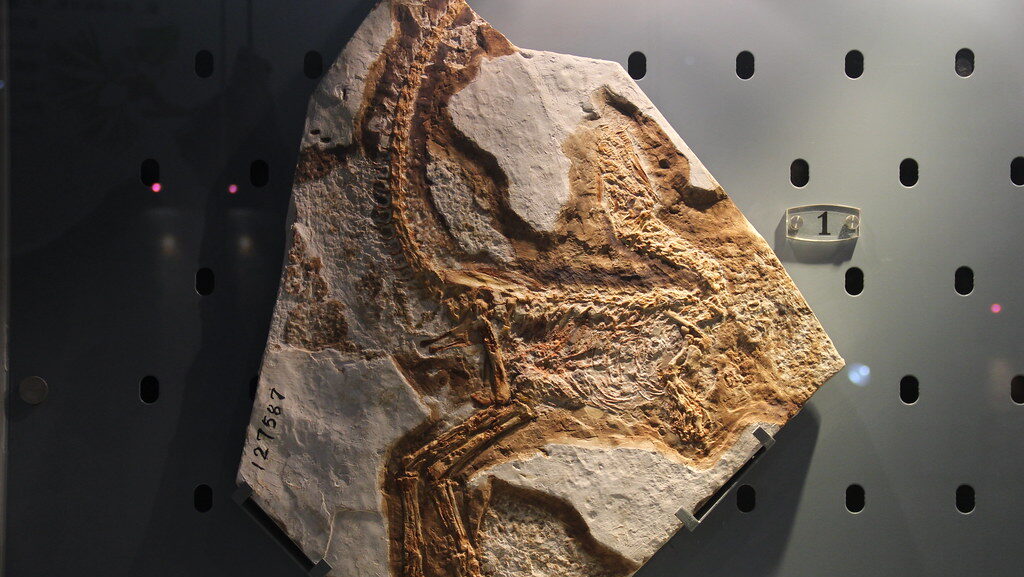
Beginning in the 1990s, fossil beds in northeastern China’s Liaoning Province yielded an unprecedented treasure trove of exquisitely preserved feathered dinosaur specimens. These fossils, primarily from the Early Cretaceous period (about 130-120 million years ago), revolutionized our understanding of bird evolution. Specimens like Sinosauropteryx, the first non-avian dinosaur confirmed to have feathers, demonstrated that feathers evolved long before flight. Other remarkable discoveries included Microraptor, a small dinosaur with four wings, and Anchiornis, which had feathers on all four limbs and even its feet. The fine-grained lake sediments of Liaoning preserved soft tissues so perfectly that scientists could even determine the color of some dinosaurs’ feathers through the preservation of melanosomes (pigment-containing structures). This fossil goldmine continues to yield new specimens that fill crucial gaps in our understanding of how dinosaurs gradually evolved into birds.
Jeholornis: A Crucial Transitional Form
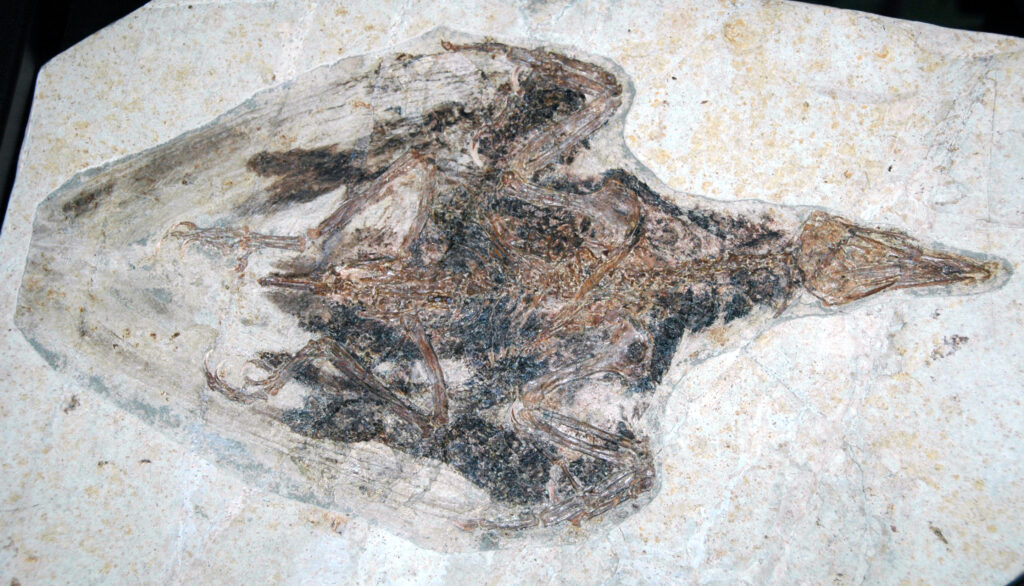
Living approximately 120 million years ago during the Early Cretaceous period, Jeholornis represents a critical intermediate stage between dinosaurs and modern birds. About the size of a turkey, Jeholornis still retained primitive features such as a long bony tail adorned with feathers, similar to its dinosaurian ancestors. Unlike Archaeopteryx, however, Jeholornis had fewer teeth and possessed a more bird-like skull structure. One of its most important features was a primitive pygostyle—the fused tail vertebrae that in modern birds support tail feathers—at the end of its otherwise dinosaur-like tail. Jeholornis also showed adaptations for a fruit-based diet, with preserved seeds found in some specimens’ stomach regions, suggesting it may have helped disperse plant seeds similar to many modern birds. These characteristics position Jeholornis as a crucial transitional form, demonstrating how avian features accumulated gradually over evolutionary time.
Confuciusornis: The First Beaked Bird
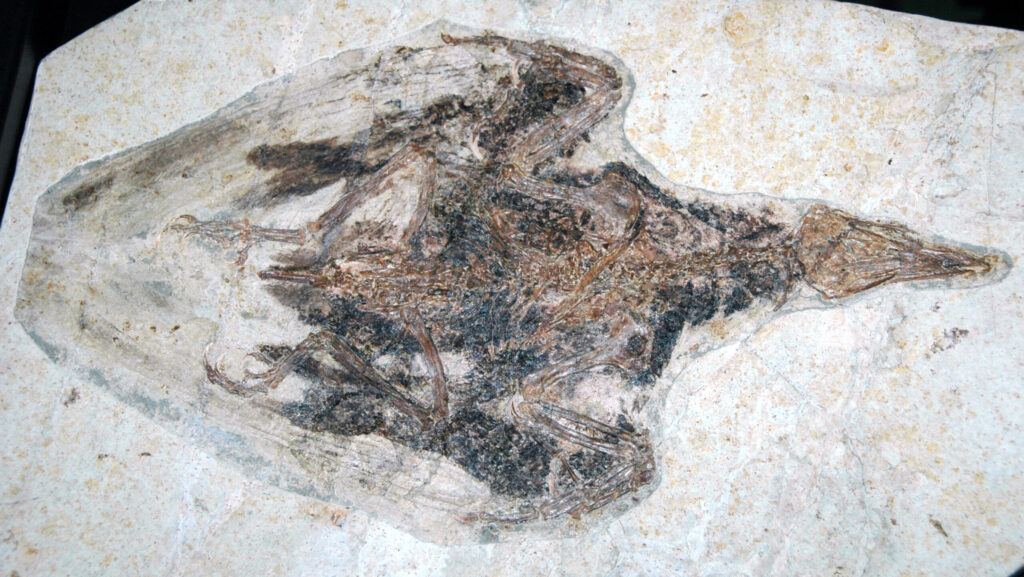
Confuciusornis sanctus, whose name means “Confucius bird,” represents another important milestone in bird evolution from around 125 million years ago. As one of the earliest birds to evolve a toothless beak, Confuciusornis demonstrated a significant step toward modern bird anatomy while still retaining several primitive features. Unlike modern birds, it still possessed clawed fingers on its wings and lacked a developed alula (the “bastard wing” that helps with slow flight maneuverability in modern birds). Perhaps most strikingly, some Confuciusornis specimens display long, ribbon-like tail feathers resembling those of some modern birds like quetzals, suggesting complex social or sexual displays. With thousands of specimens discovered in the Liaoning fossil beds, Confuciusornis is one of the most abundant early birds in the fossil record, providing researchers with valuable statistical data about population variation. Its mixture of primitive and advanced features makes it a perfect example of how evolution proceeds not in a straight line but as a mosaic of changing characteristics.
Ichthyornis: Nearly Modern But Not Quite
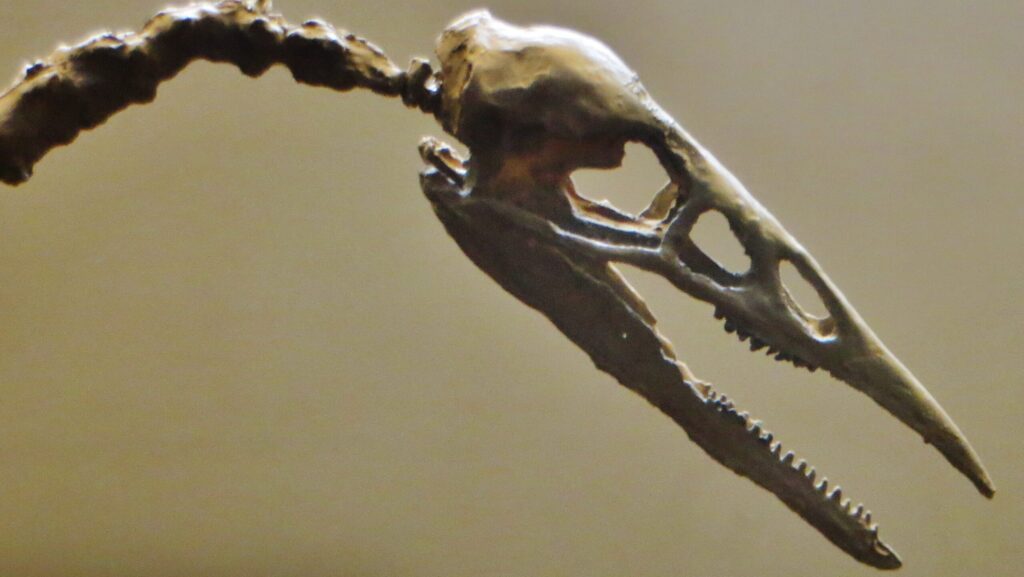
Ichthyornis dispar, first discovered in Kansas in the 1870s, lived during the Late Cretaceous period about 93-83 million years ago. About the size of a modern tern, this seabird-like creature represents one of the closest relatives to modern birds while still retaining several primitive features. Ichthyornis possessed teeth in its jaws, though its beak tip was already becoming toothless. Its brain, revealed through CT scanning of fossils, showed an interesting mix of dinosaur and bird features, with expanded cerebral hemispheres like modern birds but a brain shape still reminiscent of non-avian dinosaurs. The skeleton of Ichthyornis was remarkably modern, with a keeled sternum for flight muscles and a shortened, fused tail (pygostyle) like today’s birds. These characteristics make Ichthyornis a crucial fossil for understanding the final stages of the dinosaur-to-bird transition, representing a creature that would have looked and behaved much like a modern seabird but still carried the last vestiges of its dinosaurian heritage.
The Evolution of Flight: From Gliding to Powered Flight
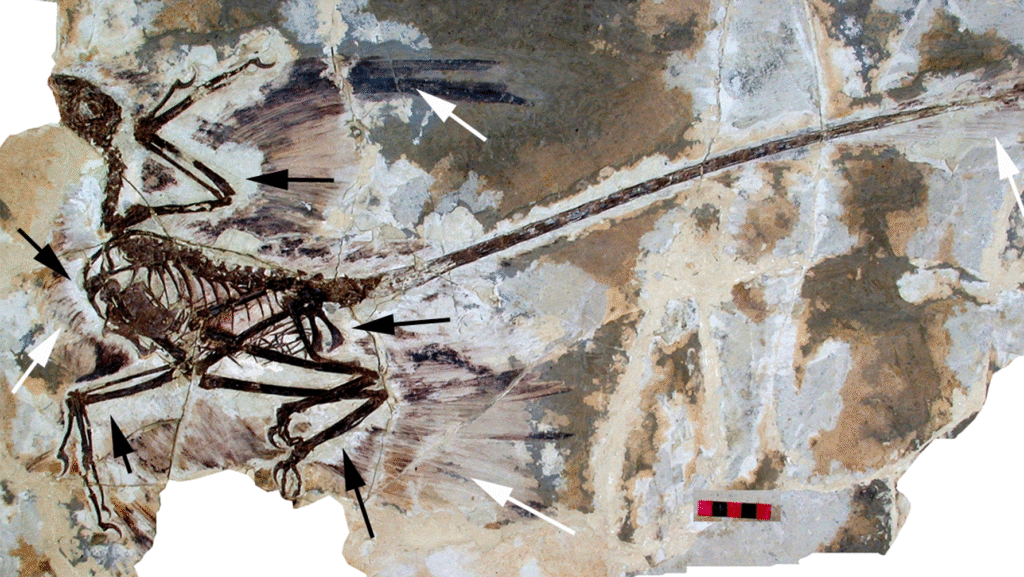
The development of powered flight represents one of the most significant transitions in the dinosaur-to-bird evolutionary journey. Early feathered dinosaurs like Microraptor likely used their four feathered limbs for gliding between trees, suggesting that flight may have evolved through a “trees-down” pathway. Other researchers propose a “ground-up” model, where running dinosaurs used their feathered forelimbs for balance and eventually developed the ability to become airborne. The truth may involve elements of both models, as different lineages could have taken different evolutionary paths toward aerial locomotion. The evolution of the avian flight stroke required significant anatomical changes, including the development of the supracoracoideus pulley system that allows birds to raise their wings powerfully. Fossil evidence shows these flight adaptations evolved gradually, with early birds like Confuciusornis and Ichthyornis showing increasingly advanced flight capabilities, though still less sophisticated than those of modern birds. The culmination of these adaptations eventually led to the highly efficient flight mechanics seen in today’s avian species.
From Teeth to Beaks: Oral Evolution

The transition from toothed jaws to the keratin-covered beaks of modern birds represents a fundamental change in feeding apparatus during avian evolution. Early avian relatives like Archaeopteryx retained the sharp teeth of their dinosaur ancestors, useful for a carnivorous diet. The shift toward beaks began gradually, with forms like Confuciusornis showing a partial beak at the front of the mouth while still retaining teeth in the rear of the jaws. By examining developmental genetics, scientists have discovered that the same genes that form teeth in other vertebrates are repressed in modern birds, confirming that birds evolved from toothed ancestors. The complete loss of teeth occurred independently in several bird lineages and offered several advantages, including reduced weight for flight efficiency and versatility for different feeding strategies. The remarkable diversity of beak shapes in modern birds, from the massive bills of toucans to the specialized crossbills of finches, demonstrates how this evolutionary innovation enabled birds to adapt to countless ecological niches.
Miniaturization: How Dinosaurs Became Smaller
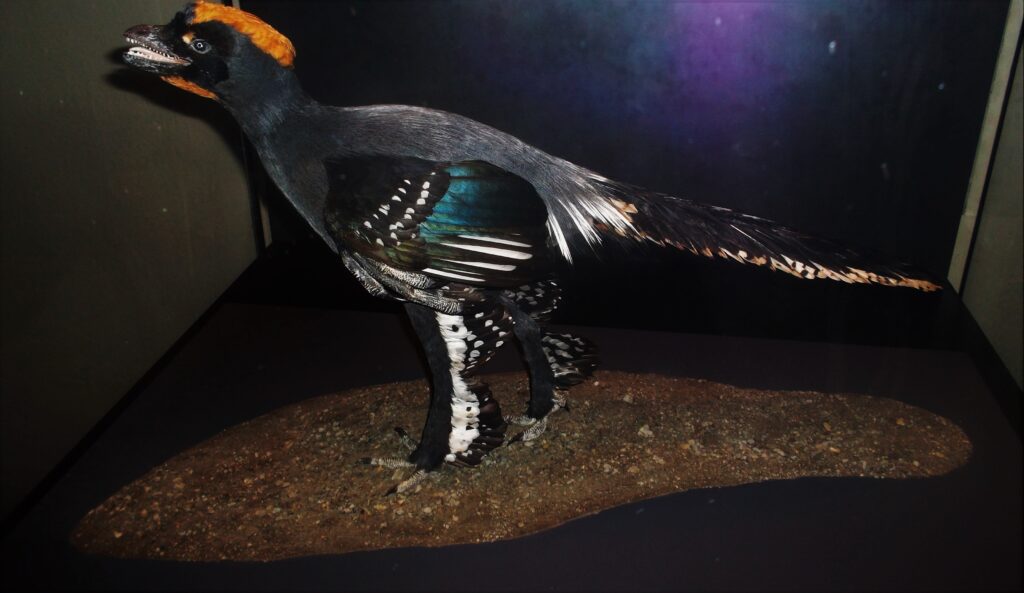
One of the most striking aspects of the dinosaur-to-bird transition was a dramatic reduction in body size over evolutionary time. While many dinosaurs were massive creatures, the lineage that led to birds underwent sustained miniaturization over millions of years. This process began in early theropod dinosaurs and continued through the evolution of maniraptoran dinosaurs and early birds. Paleontologists have documented this trend by tracing body size changes across the theropod family tree, finding that the dinosaur lineage leading to birds decreased in size by at least four times. This miniaturization brought numerous advantages for flight, reducing weight and the power needed for takeoff. It also likely influenced other avian characteristics, including higher metabolic rates, accelerated growth, and changes in reproductive strategies. The smallest non-avian dinosaurs in the bird lineage, like Microraptor and Anchiornis, weighed just a few hundred grams, demonstrating how dramatic this size reduction was before birds fully evolved.
The Rise of the Songbirds: Passeriformes Emerge
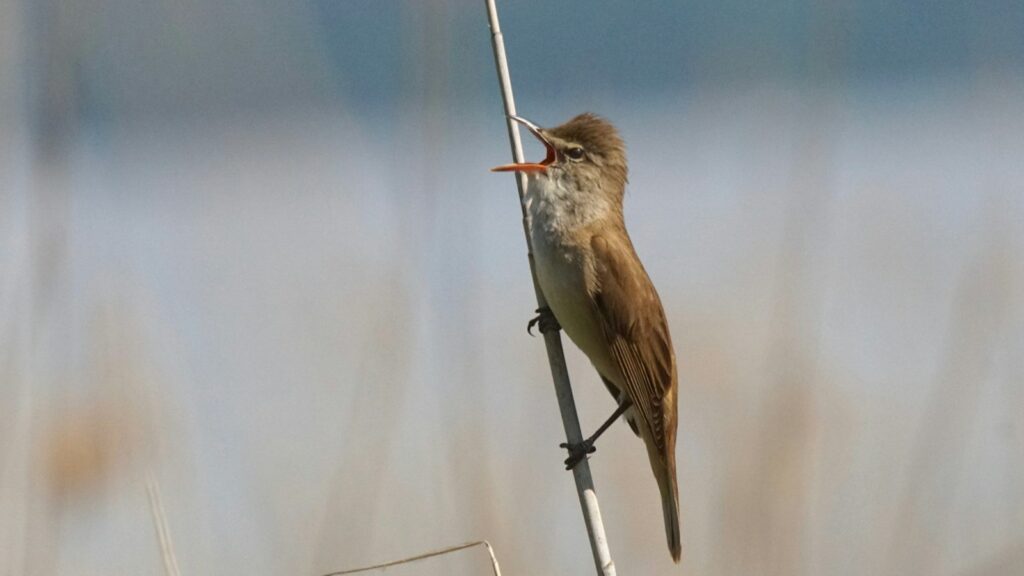
The order Passeriformes, which includes all songbirds, represents the pinnacle of avian evolution and the most diverse group of birds today, comprising over 6,000 species or about 60% of all living birds. While most of the dinosaur-to-bird transition occurred during the Mesozoic Era, the radiation of songbirds is a much more recent evolutionary event. Fossil evidence suggests that the ancestors of songbirds likely emerged in the late Cretaceous, but the major diversification of passerines occurred during the Eocene and Oligocene epochs, between 56 and 23 million years ago. One of the key innovations in songbirds was the development of the syrinx, a specialized vocal organ that allows for complex songs and calls. Genetic studies have helped clarify the evolutionary relationships within this diverse group, revealing that songbirds likely originated in the Australian region before spreading worldwide. The remarkable success of songbirds demonstrates the culmination of the evolutionary journey that began with small, feathered dinosaurs over 150 million years earlier.
How Modern Birds Survived the Extinction Event

The Cretaceous-Paleogene extinction event 66 million years ago wiped out all non-avian dinosaurs but somehow spared the ancestors of modern birds. Recent research suggests several factors that may have contributed to their survival. The small body size of early birds likely helped them weather the initial impact effects and subsequent environmental changes, as smaller animals generally have better survival odds during mass extinctions. Many early bird lineages had already evolved seeds as a major food source, which would have been more reliable than animal prey in the post-impact environment where food chains collapsed. Additionally, some evidence suggests that the ancestors of modern birds may have been ground-dwelling forest species, potentially providing them shelter from the worst immediate effects of the asteroid impact. Genomic studies indicate that modern birds underwent a rapid evolutionary radiation shortly after the extinction event, filling ecological niches left vacant by the disappearance of the non-avian dinosaurs. This “survival of the smallest” scenario highlights how the very adaptations that evolved during the dinosaur-to-bird transition ultimately ensured birds would carry on the dinosaur legacy after the great extinction.
Genomics Reveals the Dinosaur Legacy in Modern Birds
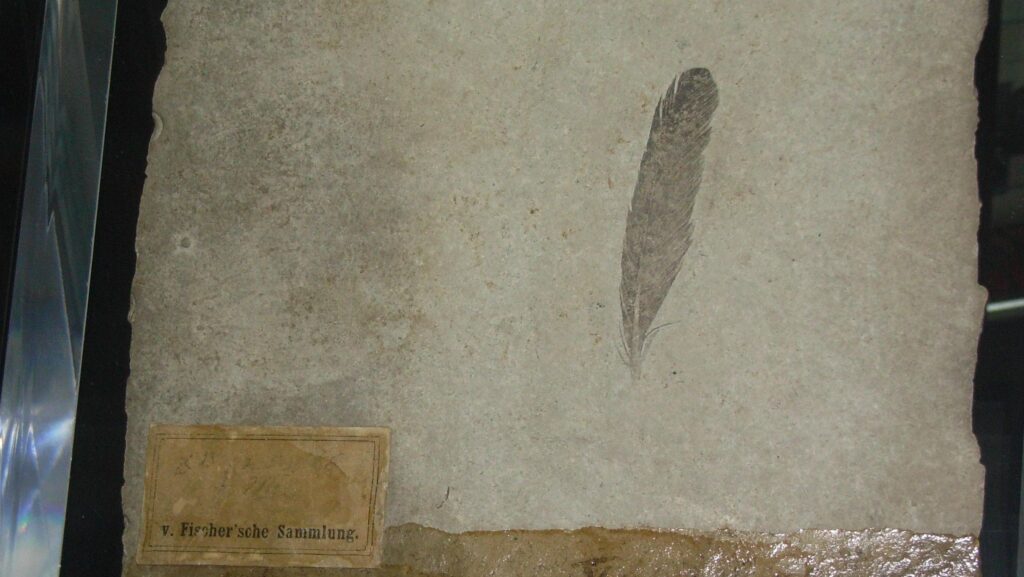
Modern genomic technology has provided remarkable insights into the dinosaurian heritage of birds by allowing scientists to study the genetic underpinnings of avian characteristics. Researchers have identified genes involved in scale-to-feather evolution, showing how the same genetic pathways that formed scales in dinosaurs were modified to create the complex feather structures in birds. Studies of bird embryos have revealed that birds still possess the genetic blueprints for dinosaur features like long tails and toothed jaws, but these developmental pathways are suppressed during normal development. In a dramatic demonstration of this genetic legacy, scientists manipulated chicken embryos to express more primitive characteristics, resulting in chicken embryos with dinosaur-like snouts instead of beaks. The avian genome also preserves evidence of the metabolic changes that occurred during the dinosaur-bird transition, including adaptations for the high-energy requirements of powered flight. These genomic studies effectively allow us to read the dinosaur history written in every bird’s DNA, confirming the evolutionary relationship between the mighty dinosaurs of the past and the songbirds outside our windows.
The Legacy of Evolution: From Tyrannosaurus to Tanager
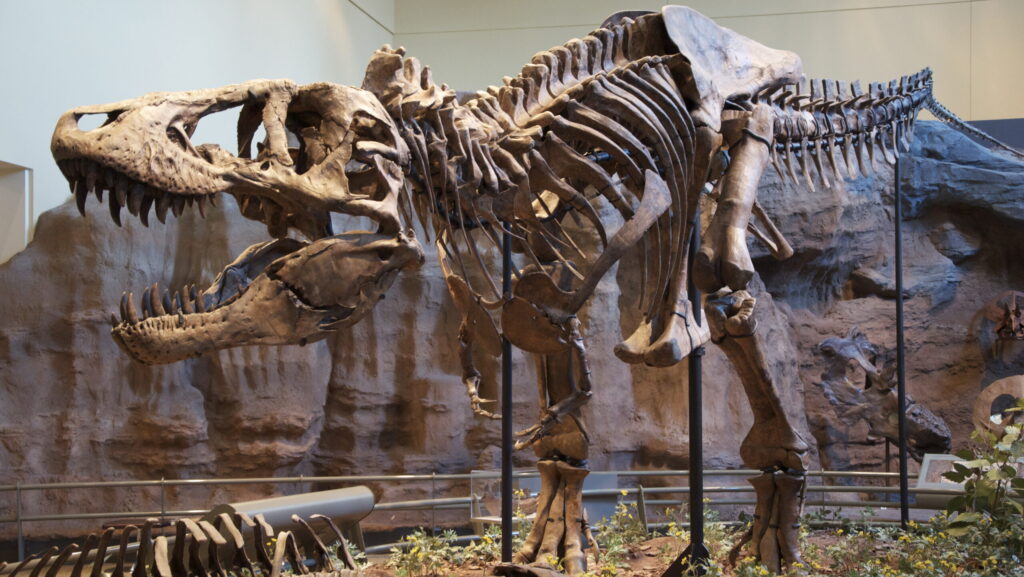
The evolutionary path from dinosaurs to songbirds represents one of nature’s most remarkable transformations, spanning more than 150 million years of gradual change. What began with small, feathered theropod dinosaurs eventually produced the astonishing diversity of modern birds, from hunting hawks to nectar-sipping hummingbirds to the melodious songbirds that brighten our mornings. Each transitional fossil discovered—Archaeopteryx, Jeholornis, Confuciusornis, Ichthyornis, and many others—provides a snapshot of this ongoing process, showing how dinosaurian features were gradually lost or modified into avian characteristics. Modern birds retain numerous dinosaur traits, from their scale-covered feet to their nesting behaviors and egg-laying reproduction. The next time you hear a songbird’s melody, consider that you’re listening to the distant descendant of dinosaurs, a living reminder that evolution can transform even the most unlikely ancestors into something new and wonderful. The dinosaur-to-bird transition stands as one of evolution’s greatest success stories, demonstrating nature’s remarkable ability to adapt and reinvent life over vast spans of time.
